Top Places To Visit In Japan: An Unmissable Guide
Japan is a beautiful and diverse country with a rich cultural heritage, stunning natural landscapes, and modern attractions. You will have the best time here as you will have a completely different experience, unlike any other country you have visited before. Japan is definitely worth visiting. Whether you have heard about the popularity of hot springs, the cherry blossom season or if you are interested in ancient temples and historic sites, this country has it all. Here are my top places to visit in Japan: an unmissable guide.
Kyoto
Kyoto is a historic and culturally rich city located in the Kansai region of Japan. It served as the capital of Japan for over a thousand years, from 794 to 1868, and is known for its well-preserved traditional architecture, temples, and gardens.
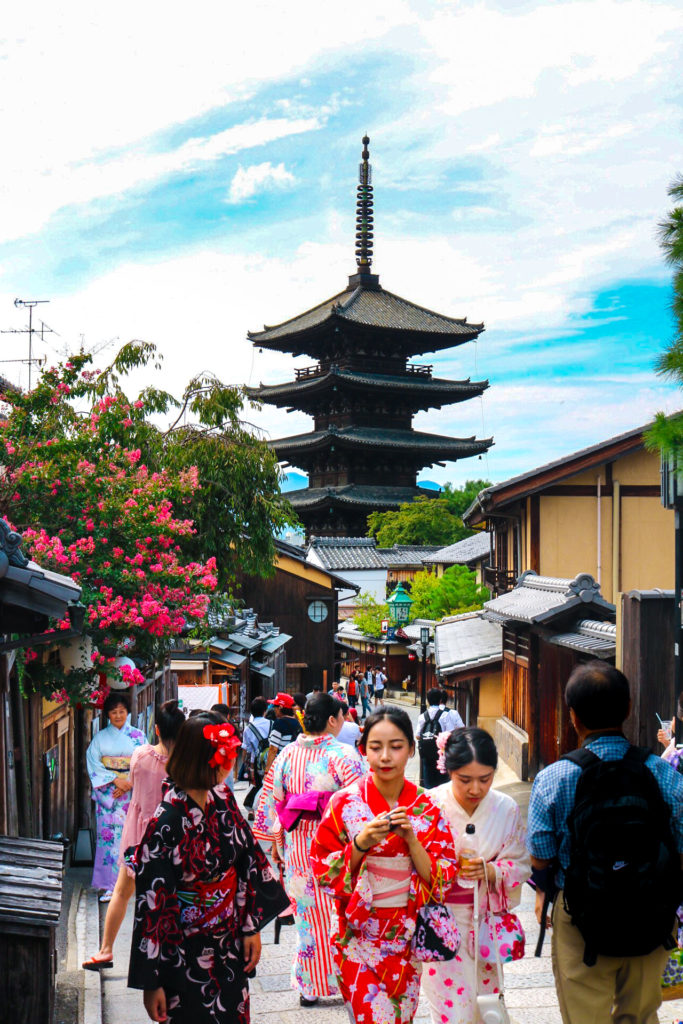
Here’s an overview of Kyoto:
- Cultural Heritage: Kyoto is often considered the cultural heart of Japan. The city is renowned for its well-preserved historic district, with traditional wooden Machiya houses, teahouses, and narrow stone-paved streets. It’s also known for its traditional arts, such as tea ceremonies, ikebana (flower arranging), and traditional theatre like Noh and Kabuki.
- Temples and Shrines: Kyoto is home to thousands of temples and shrines, including some of Japan’s most famous, like Kinkaku-ji (the Golden Pavilion), Ginkaku-ji (the Silver Pavilion), Fushimi Inari Taisha, and Kiyomizu-dera. These sites are not only religious but also architectural and natural marvels.
- Zen Buddhism: Kyoto played a significant role in the development of Zen Buddhism, and you can visit famous Zen temples like Ryoan-ji, famous for its rock garden, and Tenryu-ji, known for its beautiful garden.
- Traditional Arts: Kyoto is a centre for traditional Japanese arts and crafts, including ceramics, textiles (kimono production), and woodworking. Visitors can explore workshops and studios to learn about these crafts.
- Festivals: Kyoto hosts various festivals throughout the year, including the Gion Matsuri in July, which is one of Japan’s most famous and elaborate festivals, featuring parades, traditional music, and dance.
- Cuisine: Kyoto is known for its distinctive cuisine, which often features seasonal and locally sourced ingredients. Kaiseki, a multi-course traditional Japanese meal, is particularly popular in Kyoto. The city is also known for its matcha (green tea) and yudofu (tofu hot pot).
- Arashiyama: Located on the outskirts of Kyoto, the Arashiyama district is famous for its bamboo groves, the Togetsukyo Bridge, and the Monkey Park, making it a popular destination for nature lovers and tourists.
- Imperial Palace: The Kyoto Imperial Palace, or Kyōto-gosho, was the residence of the imperial family when Kyoto was the capital. While you can’t enter the main buildings, you can explore the beautiful gardens and some of the palace grounds.
- Access: Kyoto is easily accessible by train, with the JR Tokaido Shinkansen (bullet train) connecting it to major cities like Tokyo and Osaka. The city also has an extensive bus system and two subway lines for local transportation.
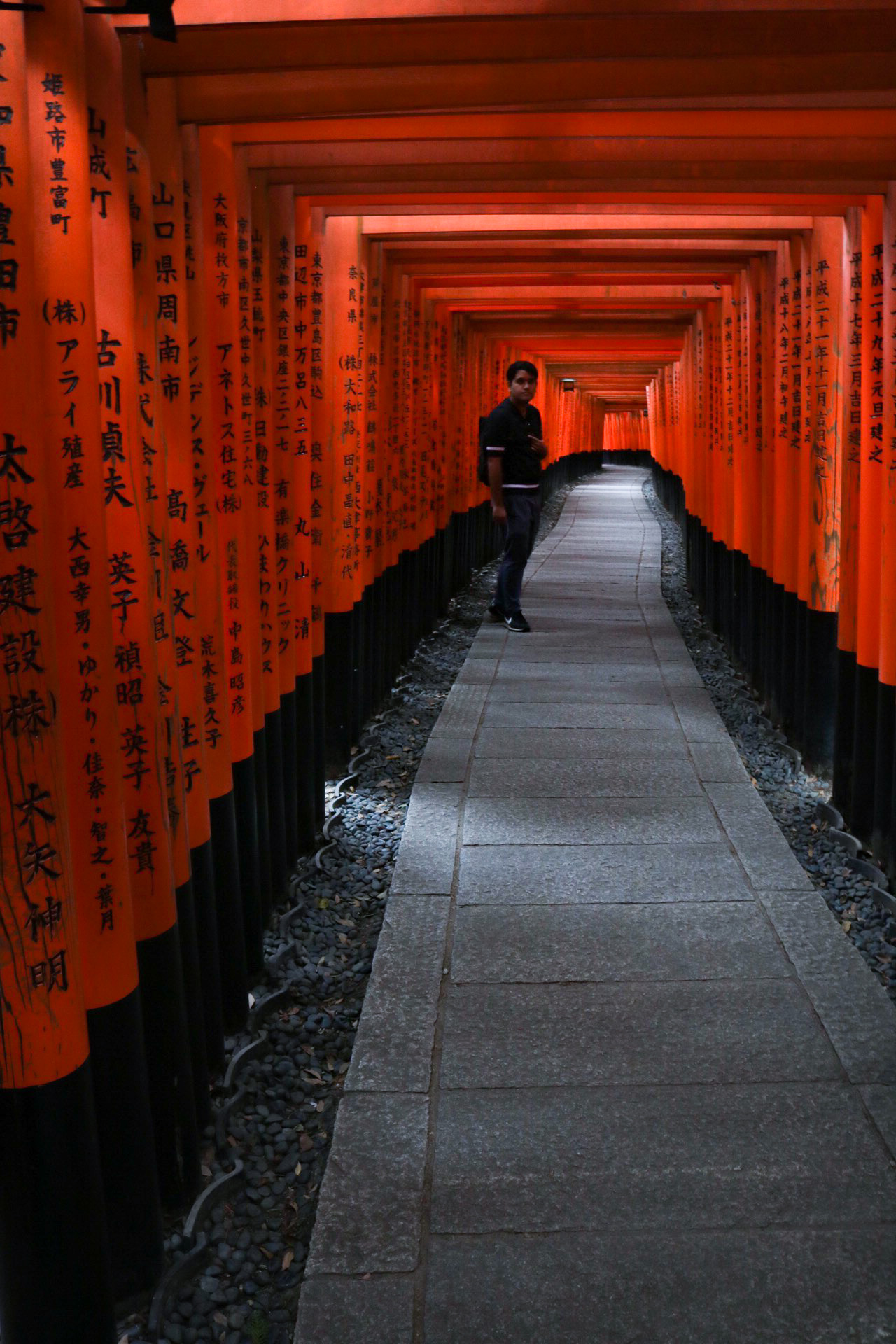
Kyoto’s unique blend of history, culture, and natural beauty makes it a must-visit destination for travellers interested in experiencing traditional Japan and exploring its rich heritage. This was my favourite city to visit in Japan, and some of the best things to do are found here.
Mount Koya
Mount Koya, known as Koyasan (高野山) in Japanese, is a sacred mountain located in Wakayama Prefecture, Japan. It is one of the most important and revered centres of Japanese Buddhism, particularly the Shingon sect, and has been a spiritual and religious destination for over a thousand years.
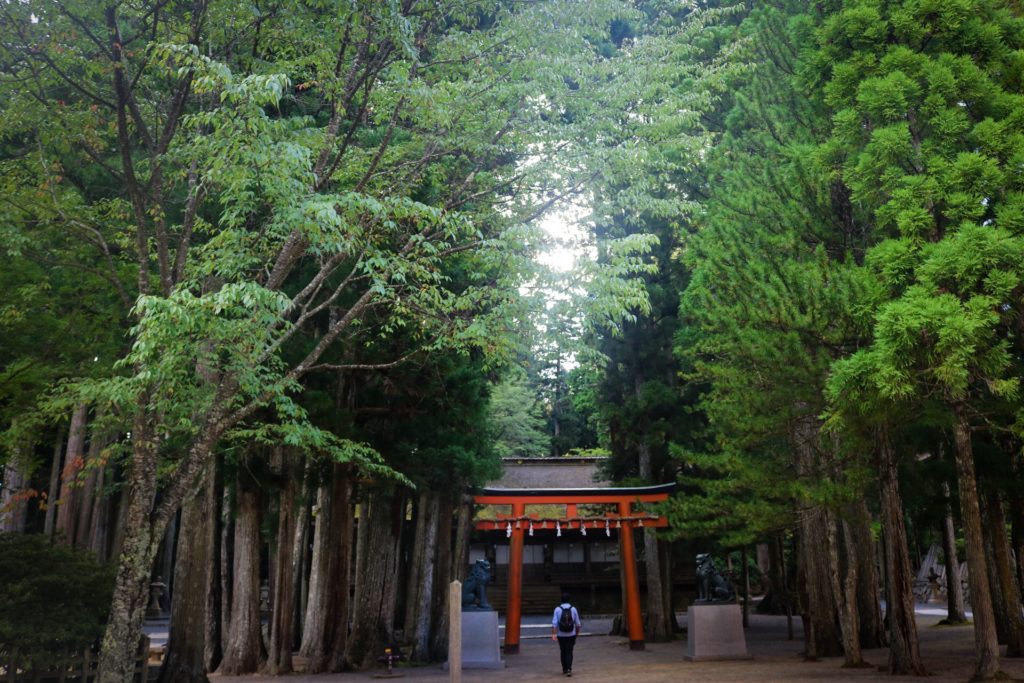
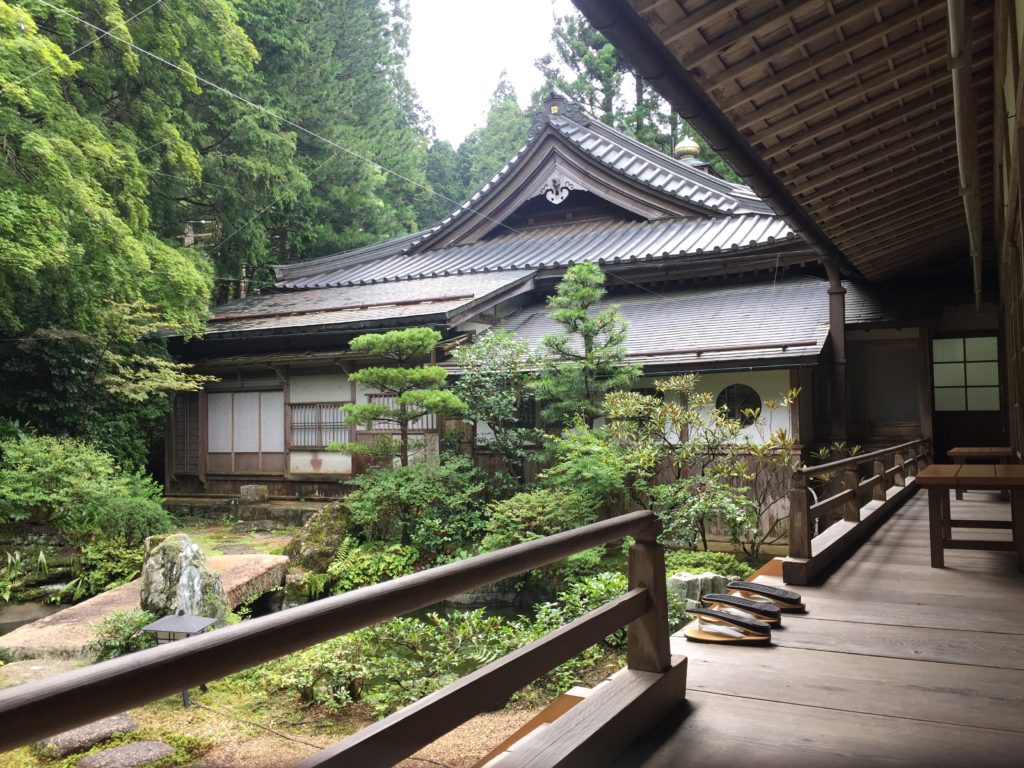
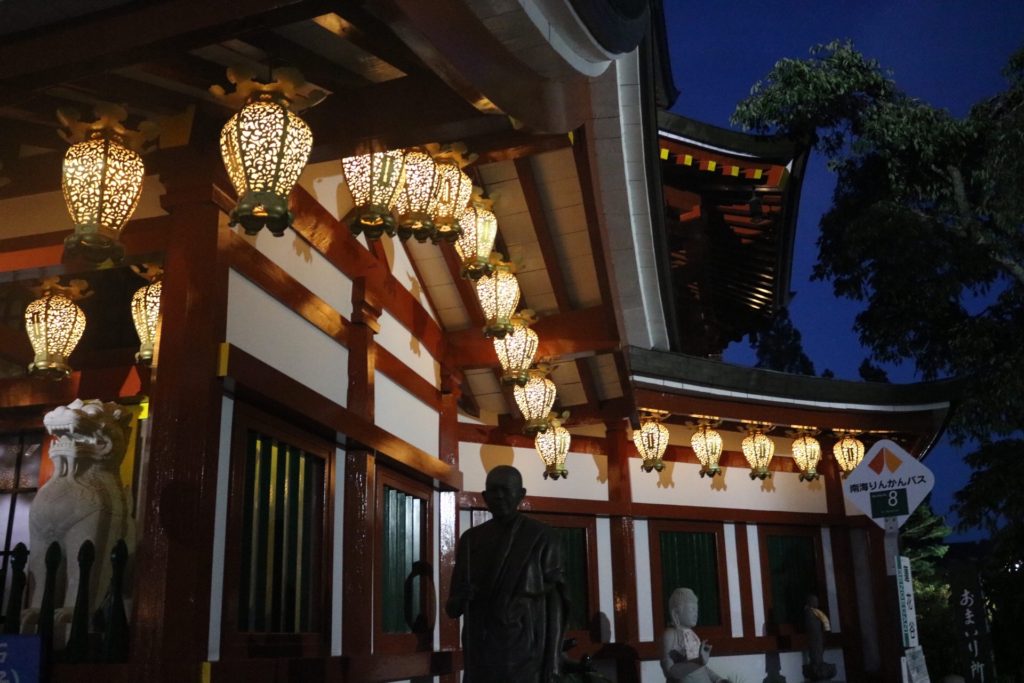
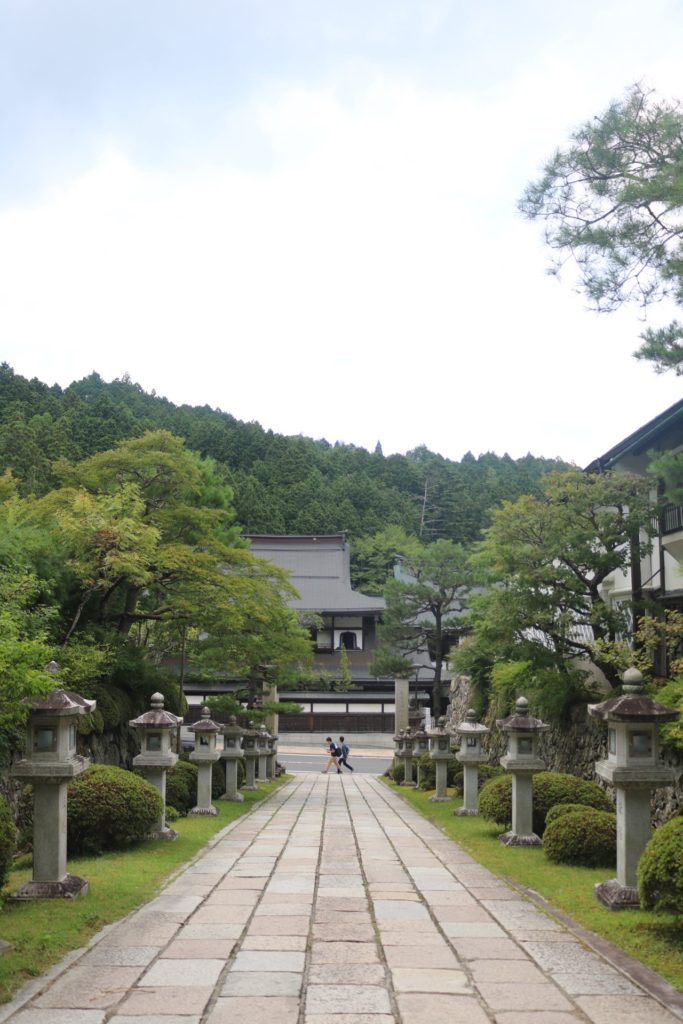
Here’s an overview of Mount Koya:
- Spiritual Significance: Mount Koya is considered one of the holiest places in Japan. It was founded by the monk Kukai, posthumously known as Kobo Daishi, in the 9th century. Kukai is the founder of Shingon Buddhism, a form of esoteric Buddhism that emphasizes meditation, rituals, and the pursuit of enlightenment.
- Monastic Complex: The mountain is home to a large monastic complex with numerous temples, shrines, and meditation halls. Koyasan is particularly known for its extensive cemetery, Okunoin, where Kobo Daishi is believed to be in eternal meditation.
- Okunoin Cemetery: The Okunoin Cemetery is one of the most famous features of Mount Koya. It is a massive cemetery with thousands of stone stupas and lanterns, creating a mystical and serene atmosphere. Pilgrims and visitors often walk through the cemetery to pay their respects to Kobo Daishi.
- Kongo-buji Temple: This temple is the head temple of Shingon Buddhism and is considered the most important temple on Mount Koya. It is where Kobo Daishi’s mausoleum is located, and it is not open to the public.
- Koyasan Shukubo: Visitors have the opportunity to stay overnight in traditional Buddhist temple lodgings called “shukubo.” This experience includes vegetarian meals and participation in the temple’s morning prayers and rituals. Although this is a pricier option, it is definitely worth doing as you do get a unique experience, your own traditional Japanese room, and I got to attend the morning ceremony with the buddhists, which I thought was a very memorable experience to witness.
- Dai Garan Complex: This temple complex includes the Konpon Daito Pagoda, which is the tallest wooden pagoda in Japan, and several other important halls and structures for religious practice and ceremonies.
- Festivals: Koyasan hosts various festivals and events throughout the year, including the annual lantern festival, which sees the cemetery lit up with thousands of lanterns.
- Access: Mount Koya is accessible by train and cable car from Osaka and other nearby cities. The cable car ride offers scenic views of the surrounding area as you ascend the mountain.
- Nature: In addition to its religious significance, Mount Koya is situated in a beautiful natural setting, surrounded by forests. The changing seasons bring unique charm to the mountain, with cherry blossoms in spring and vibrant foliage in autumn.
Visiting Mount Koya provides a unique opportunity to experience Japanese Buddhism and immerse oneself in a tranquil and spiritual atmosphere. It is a place of deep reverence, historical importance, and natural beauty, making it a popular destination for both pilgrims and tourists seeking a spiritual journey or a peaceful retreat. I found going to Mt Hoya, after visiting a busy city like Osaka, so refereshing, particularly as I did this solo prior to my friend joining me. I would highly recommend visiting this beautiful place full of nature, interesting sites, and spirituality.
Tokyo
Tokyo, officially known as Tokyo Metropolis, is the capital and largest city of Japan. It is one of the world’s most populous and dynamic urban centres, known for its blend of traditional Japanese culture and cutting-edge modernity. It has some of the best tourist attractions and is a good place to start the trip.
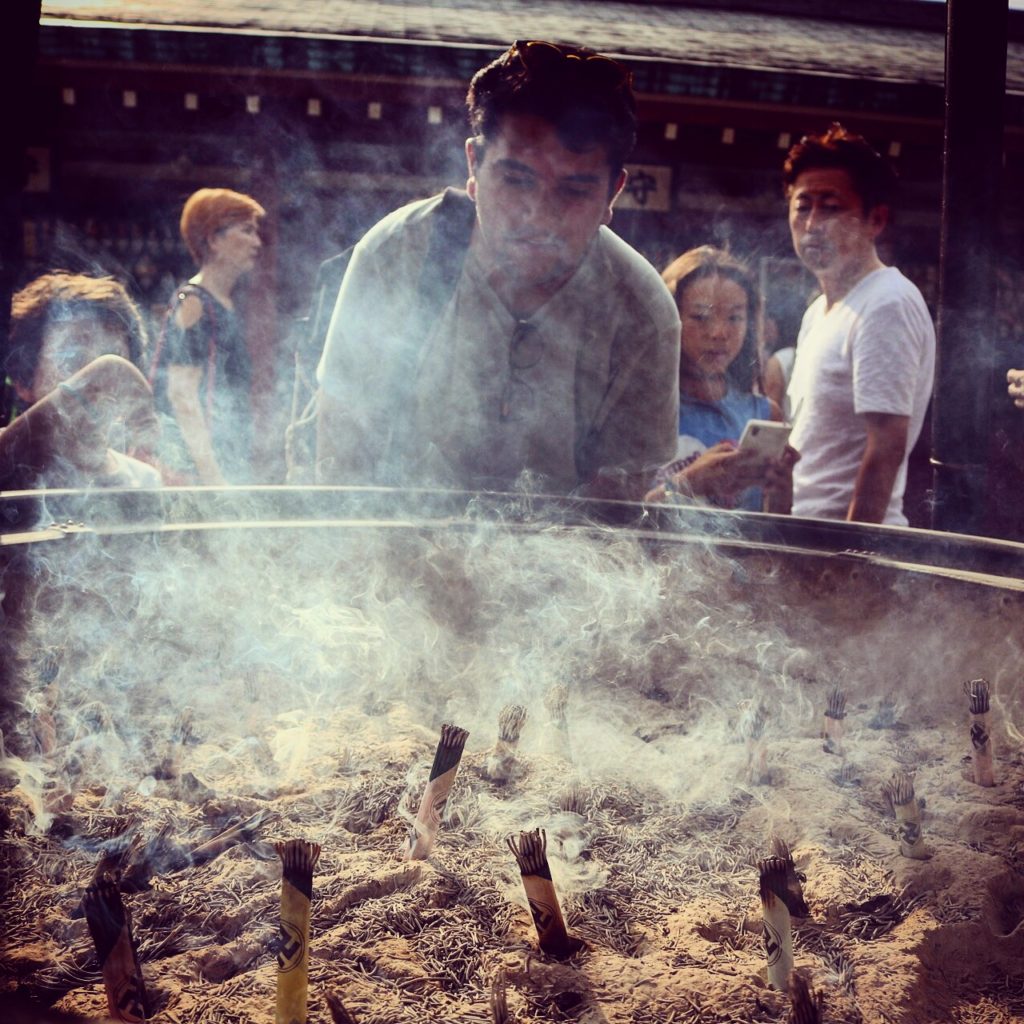
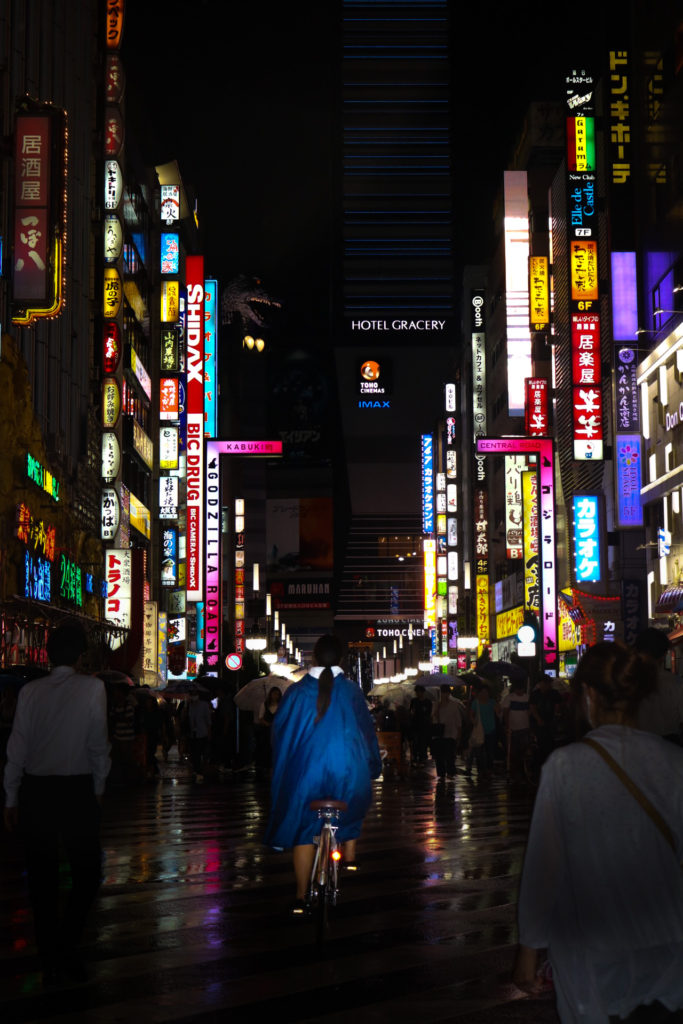
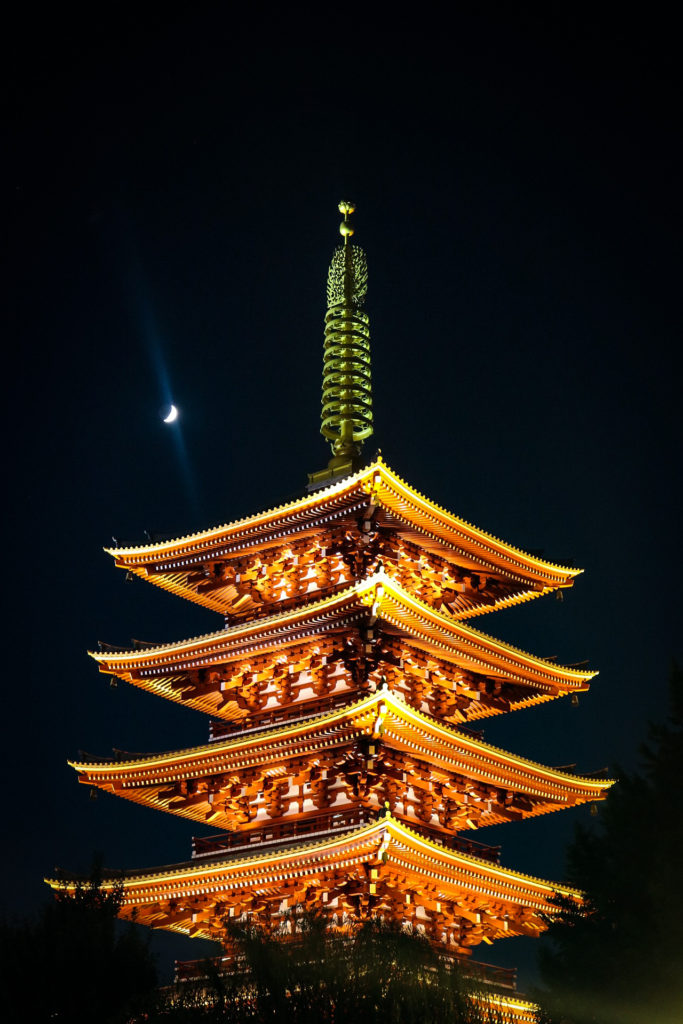
Here’s an overview of Tokyo:
- Culture: Tokyo is a melting pot of culture and entertainment. It’s known for its vibrant neighbourhoods, fashion districts like Harajuku, and thriving music and nightlife scenes. The city hosts numerous theatres, galleries, and museums, such as the Tokyo National Museum and the Mori Art Museum.
- Cuisine: Tokyo is a food lover’s paradise, offering a wide variety of culinary delights. From street food stalls serving takoyaki (octopus balls) to high-end sushi restaurants, Tokyo has something for every palate. It’s also known for its Michelin-starred restaurants.
- Transportation: Tokyo boasts one of the world’s most efficient and extensive public transportation systems. The city’s subway and train networks are vast, making it easy to navigate the city. The iconic Shinkansen (bullet train) connects Tokyo to other major Japanese cities.
- Landmarks: Tokyo is home to numerous iconic landmarks, including Tokyo Tower, Tokyo Skytree, and the historic Asakusa district with the Senso-ji Temple. The bustling Shibuya Crossing and the upscale shopping district of Ginza are also famous spots.
- Parks and Green Spaces: Despite its urban density, Tokyo has several beautiful parks and gardens where residents and tourists can enjoy nature and relaxation. Some notable ones include Ueno Park, Shinjuku Gyoen, and Yoyogi Park.
- Festivals: Tokyo hosts a variety of festivals throughout the year, celebrating traditional Japanese culture, art, and food. Notable festivals include the cherry blossom (sakura) season, the Sumida River Fireworks Festival, and the Sanja Matsuri in Asakusa.
- Language: Japanese is the primary language spoken in Tokyo. While English is not widely spoken, many signs and transportation information are available in English, especially in tourist areas.
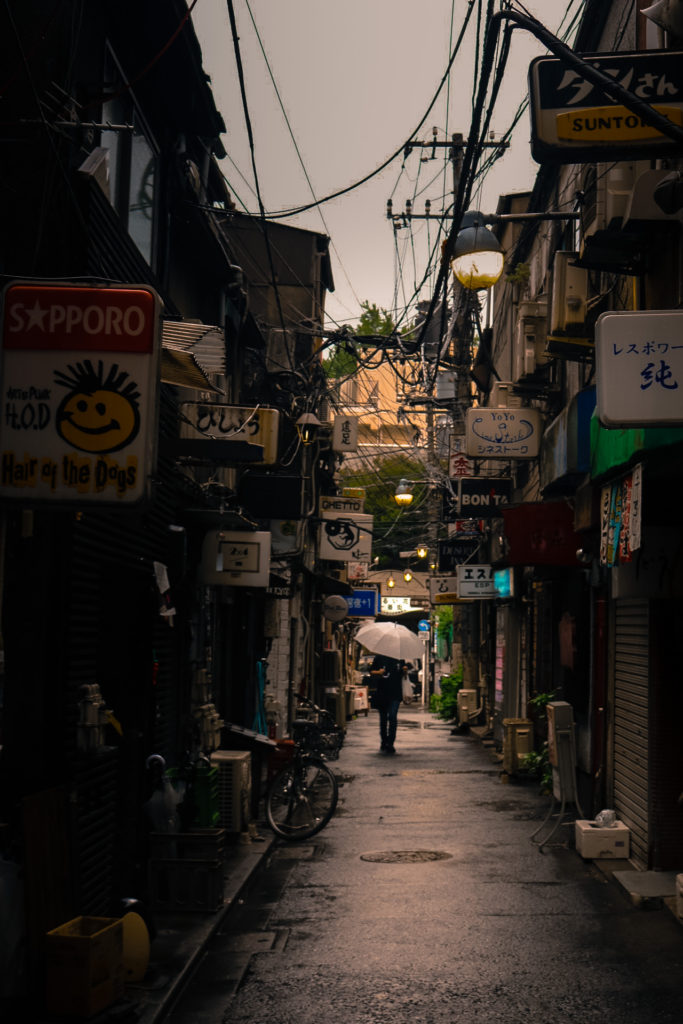
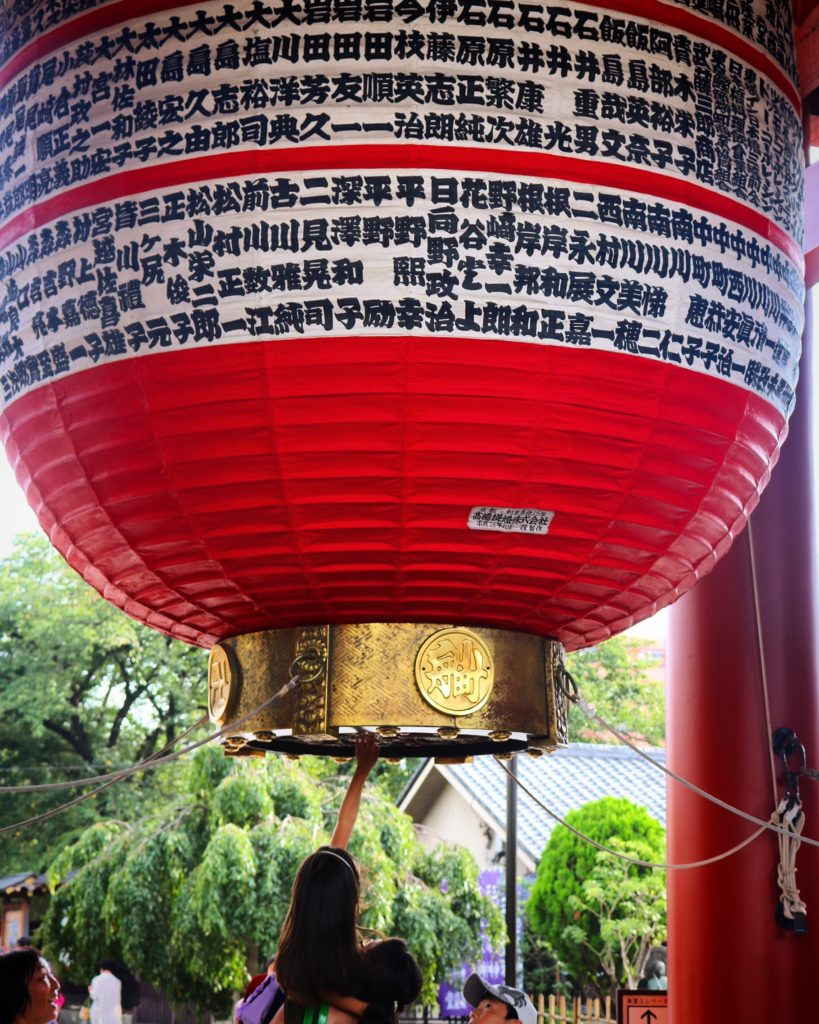
Tokyo’s dynamic blend of tradition and modernity, along with its rich cultural heritage and technological innovations, makes it a fascinating and vibrant destination for travellers and a dynamic place to live for its residents.
Mt Fuji
Mount Fuji, or Fuji-san (富士山) in Japanese, is Japan’s highest and most iconic mountain. It is renowned worldwide for its perfect conical shape, breathtaking beauty, and cultural significance.
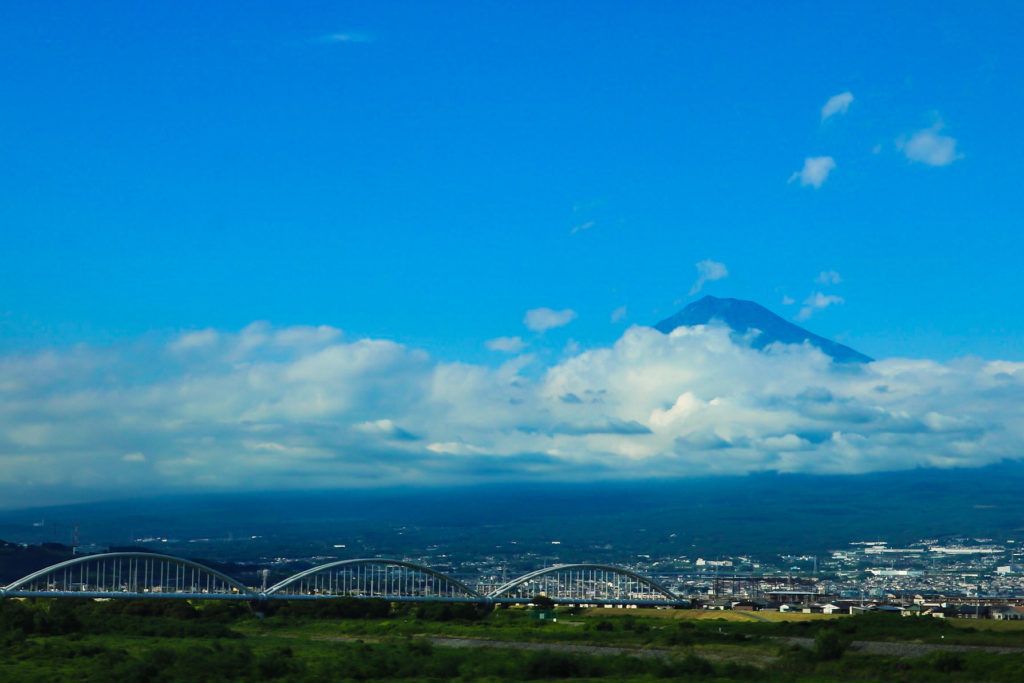
Here’s a closer look at Mt Fuji which will be helpful to read about if it is your first trip to Japan:
- Geography and Location: Mount Fuji is located on Honshu Island, about 100 kilometres (62 miles) southwest of Tokyo. It straddles the border between Yamanashi and Shizuoka Prefectures and is part of the Fuji-Hakone-Izu National Park.
- Physical Characteristics: Fuji stands at an elevation of 3,776.24 meters (12,389 feet) above sea level, making it Japan’s tallest peak. The mountain is a stratovolcano formed by multiple eruptions over thousands of years. Its symmetrical cone shape is the result of lava flows and volcanic activity.
- Cultural Significance: Mount Fuji holds immense cultural importance in Japan. It has been a symbol of Japan and a source of inspiration for artists, poets, and writers for centuries. It is often referred to as “Fujisan” to denote its sacred status.
- Religious Sites: Mount Fuji has several Shinto shrines and Buddhist temples around its base and on its slopes. The most famous of these is the Fujisan Hongu Sengen Taisha Shrine, which is dedicated to Konohanasakuya-hime, the Shinto goddess of Mount Fuji and cherry blossoms.
- Climbing Mount Fuji: Climbing Mount Fuji is a popular activity for both Japanese and international tourists. The official climbing season typically runs from early July to mid-September when the weather is more stable. There are several well-marked trails to the summit, and climbers can choose to hike during the day or night to witness the sunrise from the summit.
- Views and Landscapes: The views from Mount Fuji are breathtaking, and on a clear day, you can see as far as Tokyo and Yokohama from the summit. The mountain is surrounded by beautiful landscapes, including the Fuji Five Lakes (Lake Kawaguchi, Lake Yamanaka, Lake Sai, Lake Shoji, and Lake Motosu), which offer great views of the mountain.
- UNESCO World Heritage Site: In 2013, Mount Fuji was designated as a UNESCO World Heritage Site under the name “Fujisan, sacred place and source of artistic inspiration.”
- Art and Culture: Mount Fuji has been depicted in countless works of art, literature, and pop culture. The famous woodblock print series “Thirty-Six Views of Mount Fuji” by Katsushika Hokusai is one of the most iconic representations of the mountain.
- Volcanic Activity: While Mount Fuji is considered an active volcano, it has not erupted since 1707. It is carefully monitored for any signs of volcanic activity.
- Accessibility: Mount Fuji is easily accessible from Tokyo and other major cities in Japan. Several bus and train routes connect the surrounding towns to the mountain, making it a popular day trip or weekend destination.
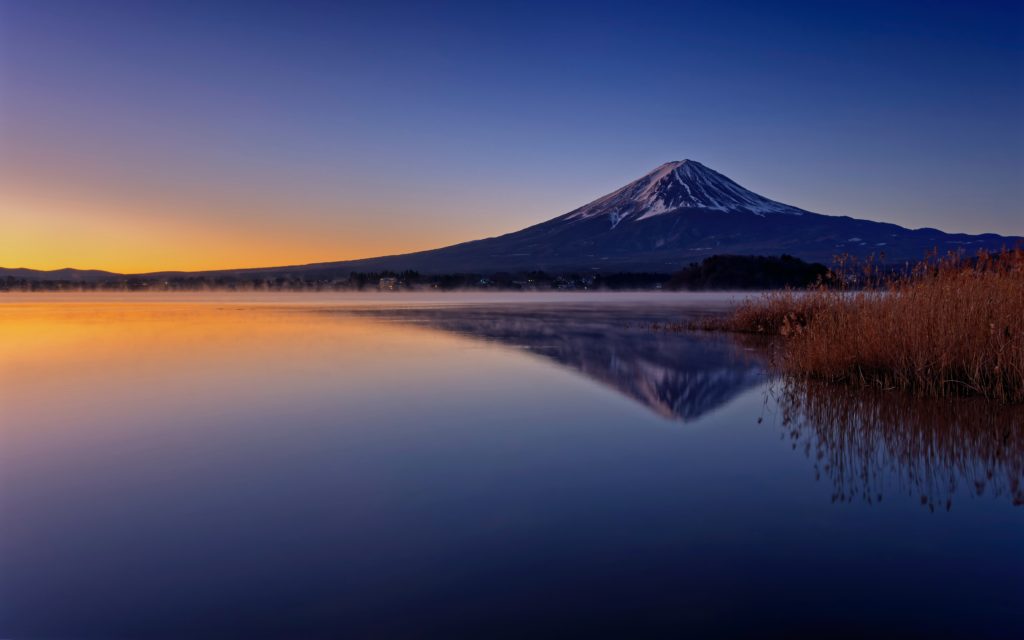
Mount Fuji’s serene beauty and cultural significance make it a must-visit destination for travellers to Japan, whether you’re interested in hiking to its summit or simply admiring it from a distance. It remains a powerful symbol of Japan’s natural and cultural heritage.
Hiroshima
Hiroshima is a city located in western Japan on the Honshu island. It is known worldwide for its tragic history, having been the target of the first atomic bomb used in warfare during World War II. Despite this devastating event, Hiroshima has risen from the ashes and has become a symbol of peace, resilience, and nuclear disarmament.
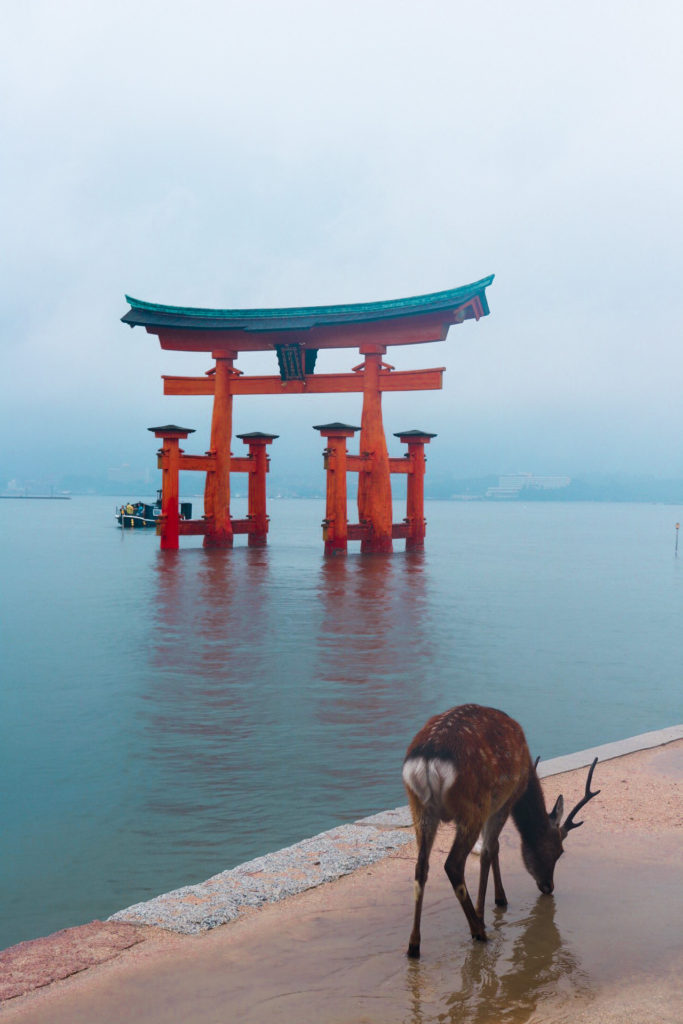
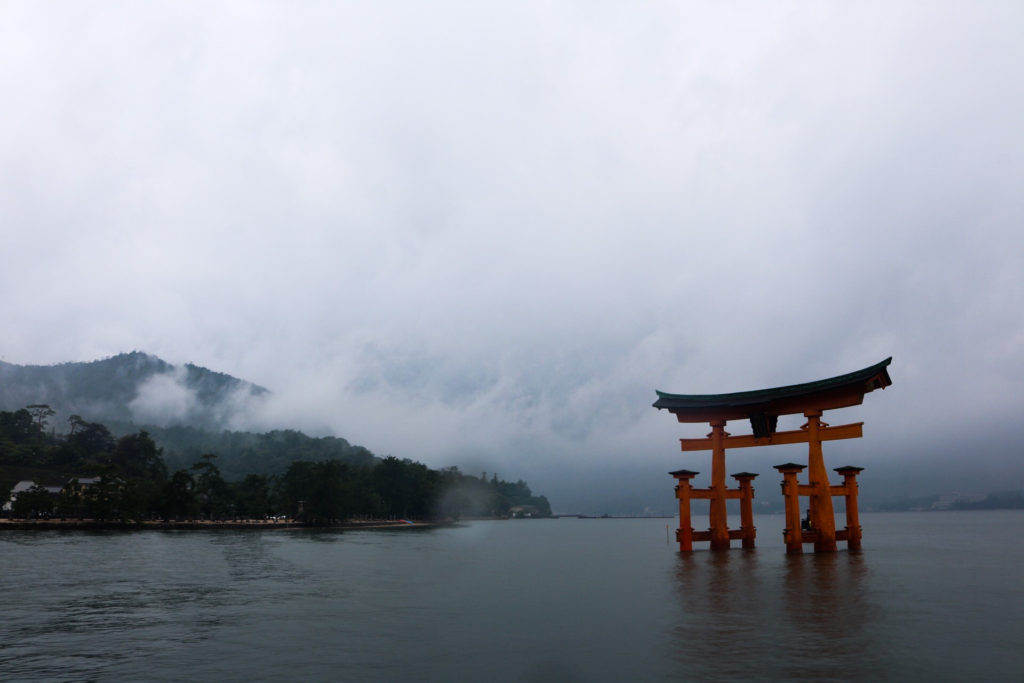
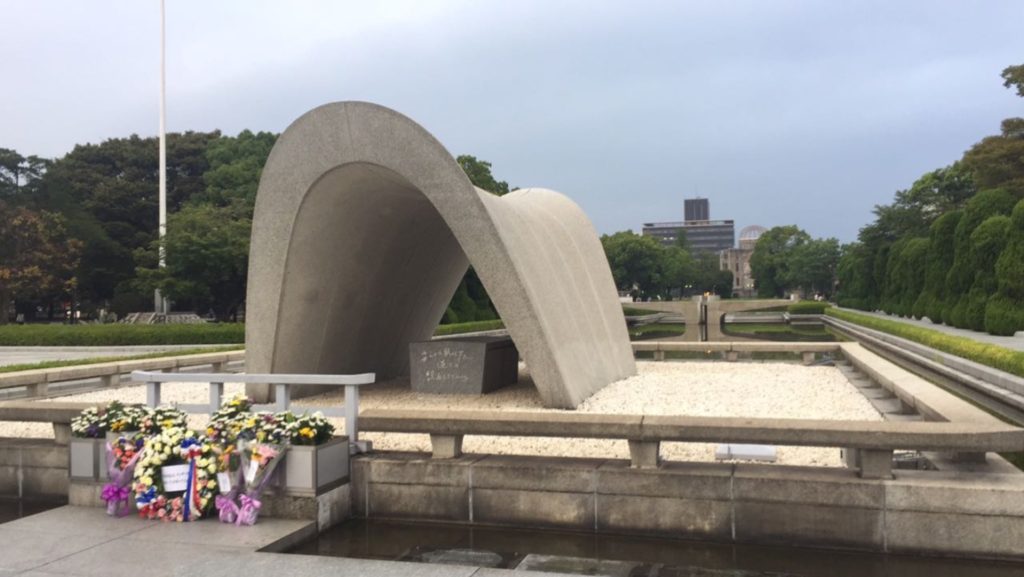
Here’s more about Hiroshima:
- History: Hiroshima’s history dates back centuries, and it was a prominent centre of culture and commerce in Japan before World War II. However, on August 6, 1945, during World War II, the United States dropped an atomic bomb named “Little Boy,” on Hiroshima. The explosion and subsequent radiation exposure caused widespread destruction and loss of life.
- Peace Memorial Park: In the aftermath of the atomic bombing, Hiroshima dedicated itself to rebuilding and promoting peace. The Hiroshima Peace Memorial Park was established in the heart of the city as a tribute to the victims. The park includes several important monuments, including the Atomic Bomb Dome (Genbaku Dome), which is a UNESCO World Heritage Site and a preserved ruin from the bombing.
- Hiroshima Peace Memorial: The Atomic Bomb Dome, formerly the Hiroshima Industrial Promotion Hall, is one of the few structures near the epicentre that remained standing after the explosion. It serves as a poignant reminder of the destruction caused by nuclear weapons.
- Hiroshima Peace Memorial Ceremony: Every year, on August 6th, Hiroshima holds a Peace Memorial Ceremony to commemorate the victims of the atomic bombing and to advocate for global peace and nuclear disarmament. Thousands of people from around the world attend this solemn event.
- Museum: The Hiroshima Peace Memorial Museum is located in the Peace Memorial Park and provides a comprehensive history of the atomic bombing, its impact on Hiroshima and its people, and the quest for a world without nuclear weapons.
- Reconstruction and Development: After World War II, Hiroshima underwent extensive reconstruction and urban development. Today, it is a thriving and modern city with a vibrant cultural scene, excellent transportation, and a strong economy.
- Cultural Attractions: Hiroshima offers a mix of historical and cultural attractions. The Hiroshima Castle, reconstructed after the war, is a popular landmark. The Shukkeien Garden is a beautiful traditional Japanese garden in the city centre. Hiroshima also has a bustling nightlife and dining scene, known for its okonomiyaki (savoury pancakes) and oysters. there is also Miyajima island, which is an island of the Hirsohima bay, which is known for its temples, and Tori gate, slightly submerged in water.
- Education and Research: Hiroshima is home to several universities, including Hiroshima University, which is known for its research in various fields.
- Transportation: Hiroshima is well-connected by train, and the Hiroshima Peace Memorial Park is easily accessible by streetcar and bus. Hiroshima is also a gateway to nearby attractions, such as the historic island of Miyajima (Itsukushima) with its iconic “floating” torii gate.
- Nuclear Disarmament: Hiroshima has been a vocal advocate for nuclear disarmament and peace efforts. It continues to work toward a world without nuclear weapons through education and advocacy.
Hiroshima’s transformation from a city destroyed by nuclear warfare into a symbol of hope and peace is a testament to the resilience and determination of its people. It serves as a reminder of the devastating consequences of nuclear weapons and the importance of global efforts to prevent their use.
Okinawa Island
Okinawa Island, known as Okinawa-jima (沖縄本島) in Japanese, is the largest and most populous of the Okinawa Islands, a subtropical archipelago in Japan’s southwestern region. Okinawa Island is a diverse and culturally rich destination known for its unique history, stunning natural beauty, and vibrant local culture.
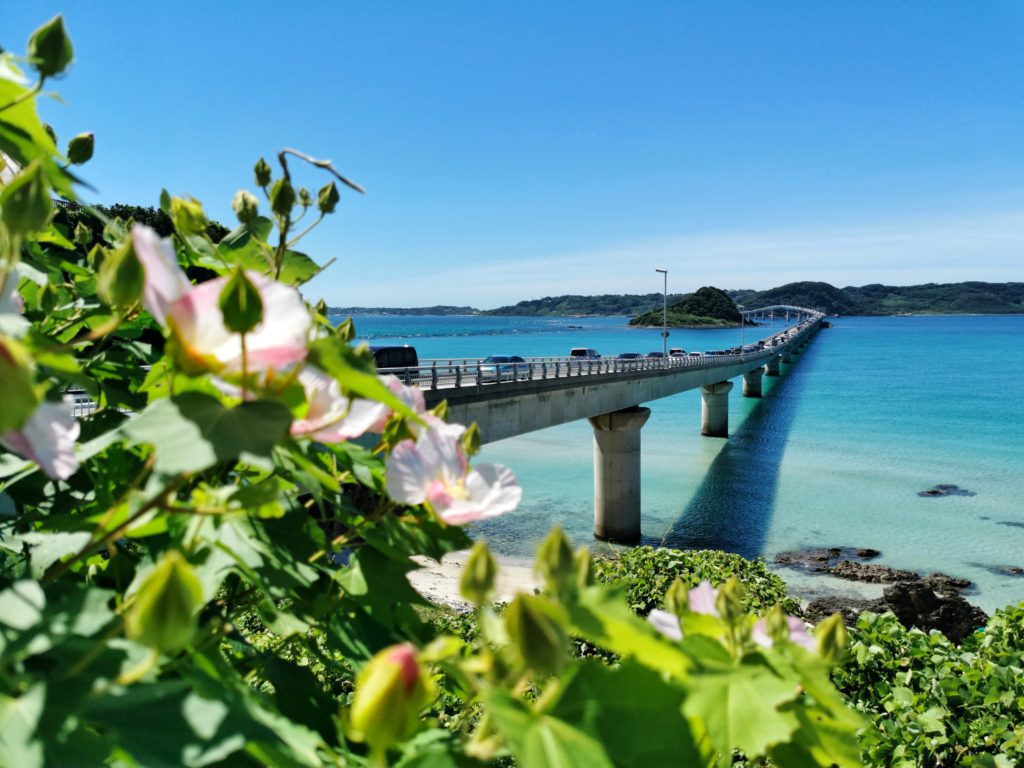
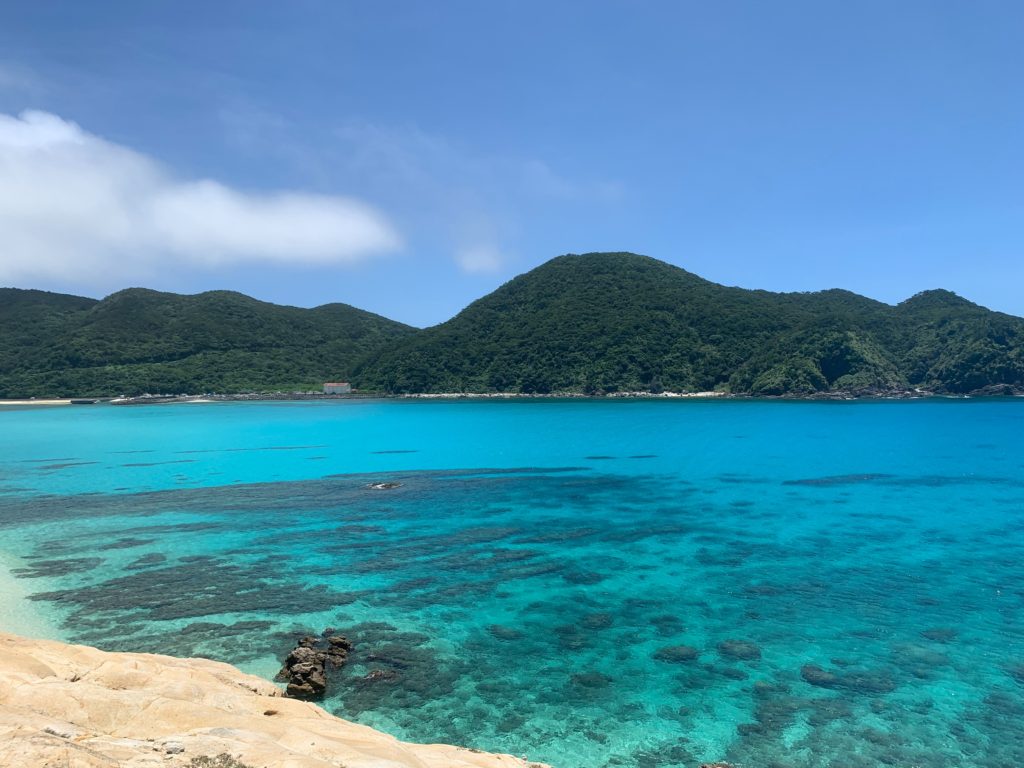
Here’s an overview of Okinawa Island:
- Location: Okinawa Island is located in the East China Sea, approximately 640 kilometres (400 miles) south of the Japanese mainland. It is part of Okinawa Prefecture, which consists of dozens of islands.
- Culture: Okinawan culture is a unique blend of Japanese, Chinese, and indigenous influences. The island has its own language, Uchinaaguchi, although Japanese is also widely spoken. Traditional Okinawan music, dance, and martial arts, such as karate and Kobudo, are an integral part of the culture.
- Natural Beauty: Okinawa Island boasts stunning landscapes, including pristine beaches, lush jungles, and coral reefs. The crystal-clear waters make it a popular destination for snorkelling and diving, with a diverse range of marine life and underwater caves to explore.
- Cuisine: Okinawan cuisine is known for its emphasis on fresh, local ingredients. Dishes often include seafood, pork, vegetables, and tofu. Some popular dishes include goya champuru (bitter melon stir-fry), soki soba (noodle soup with spare ribs), and Okinawan-style sushi (sushi rice topped with various ingredients).
- Tourism: Okinawa Island is a major tourist destination, attracting both domestic and international visitors. Naha, the island’s capital, is the main entry point, with an international airport and a range of accommodations, from luxury resorts to budget-friendly options.
- Nature and Recreation: In addition to its beaches, Okinawa Island offers opportunities for hiking, kayaking, and wildlife observation. The Yanbaru Forest is a prime location for exploring pristine subtropical forests.
- Festivals: Okinawa hosts various festivals and events throughout the year, celebrating its culture and traditions. The Naha Tug-of-War Festival (Naha Otsunahiki) is one of the most famous, where thousands of people participate in a massive tug-of-war.
- Longevity: Okinawa is renowned for its high percentage of centenarians (people over 100 years old) and is often studied for its residents’ longevity and healthy lifestyles.
Okinawa Island’s rich cultural heritage, natural beauty, and unique blend of traditions make it a captivating destination for travellers interested in exploring a different side of Japan. Whether you’re interested in history, outdoor activities, or simply relaxing on beautiful beaches, Okinawa has something to offer.
Osaka
Osaka is a major city located in the Kansai region of Japan, and it is one of the country’s largest and most vibrant metropolises. Known for its modern architecture, lively street life, and distinct culinary culture, Osaka has a unique charm that sets it apart from other Japanese cities.
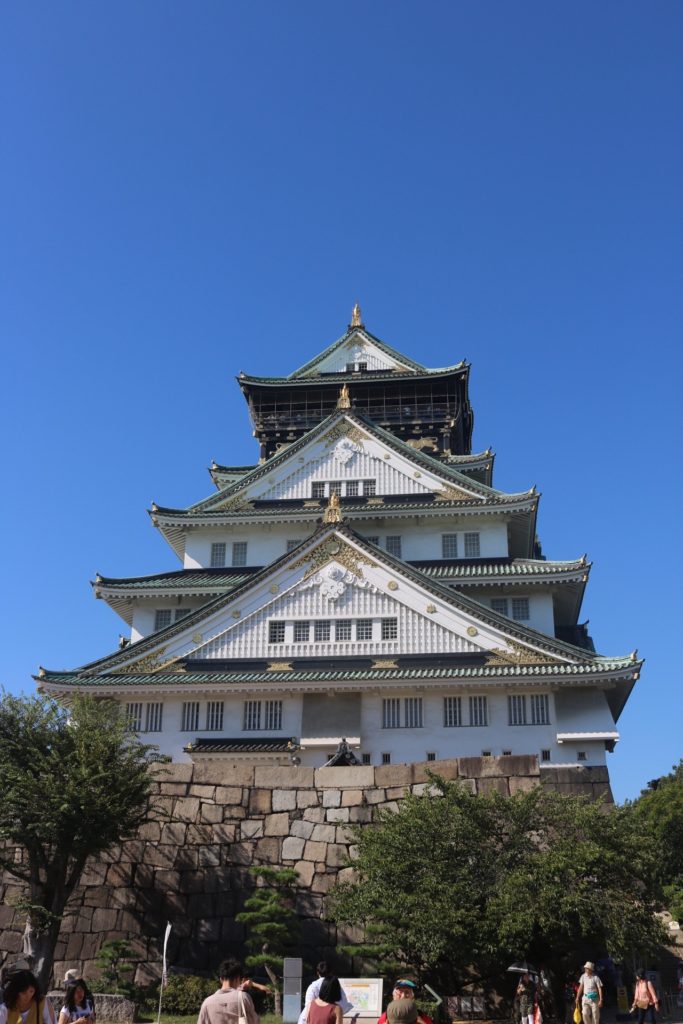
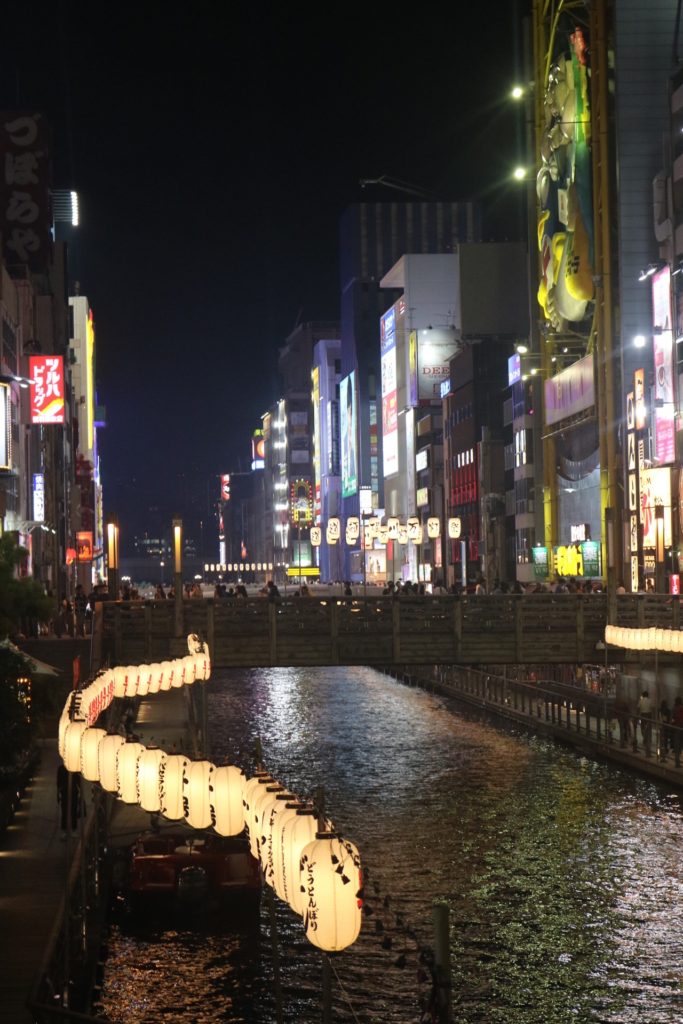
Here’s an overview of Osaka:
- Culture: Osaka is known for its distinctive culture and dialect, which is often considered more direct and humorous compared to the standard Japanese. The city has a lively entertainment scene, with comedy (manzai), theatre, and music playing a significant role in local culture.
- Cuisine: Osaka is famous for its street food and hearty local dishes. Some must-try foods include takoyaki (octopus balls), okonomiyaki (savoury pancakes), and kushikatsu (deep-fried skewers). The Dotonbori area in Namba is a popular destination for trying these dishes.
- Shopping: Osaka offers excellent shopping opportunities, with districts like Shinsaibashi and Umeda known for their malls and boutiques. Dotonbori is also a great place to shop for souvenirs and unique items.
- Landmarks: Osaka has several iconic landmarks, including Osaka Castle, which is a historic fortress surrounded by beautiful parks and gardens. The Umeda Sky Building and the Abeno Harukas are modern skyscrapers with observation decks offering panoramic views of the city.
- Universal Studios Japan: Located in the Osaka Bay Area, Universal Studios Japan amusement park is a popular theme park with attractions based on movies and TV shows from Universal Pictures. It is a popular destination for first-time visitors of Osaka, and for good reason.
- Transportation: Osaka is well-connected by train, with the Shinkansen (bullet train) serving Shin-Osaka Station, making it easily accessible from other major cities like Tokyo and Kyoto. The city also has an efficient subway and bus network for local transportation.
- Historical Sites: Aside from Osaka Castle, the city is home to other historical sites, such as Sumiyoshi Taisha Shrine, which is one of Japan’s oldest Shinto shrines, and Shitenno-ji Temple, the oldest Buddhist temple in Japan.
- Festivals: Osaka hosts various festivals throughout the year, including the Tenjin Matsuri, one of Japan’s three major festivals, which features a lively boat procession on the Okawa River.
Osaka’s energetic atmosphere, distinct culinary scene, and mix of modern and historical attractions make it an exciting destination for travellers looking to explore Japan’s urban culture. Whether you’re interested in shopping, dining, or experiencing local traditions, Osaka has something for everyone.
Japan is a popular tourist destination to visit with some of the best places and experiences. If you enjoyed reading this post, then check out my other blogs at https://www.mymemoriesabroad.com/category/blog/ or head to my Pinterest profile to have a look at travel photos which will hopefully inspire you to book your holiday to remember at https://www.pinterest.co.uk/mymemoriesabroad/.
